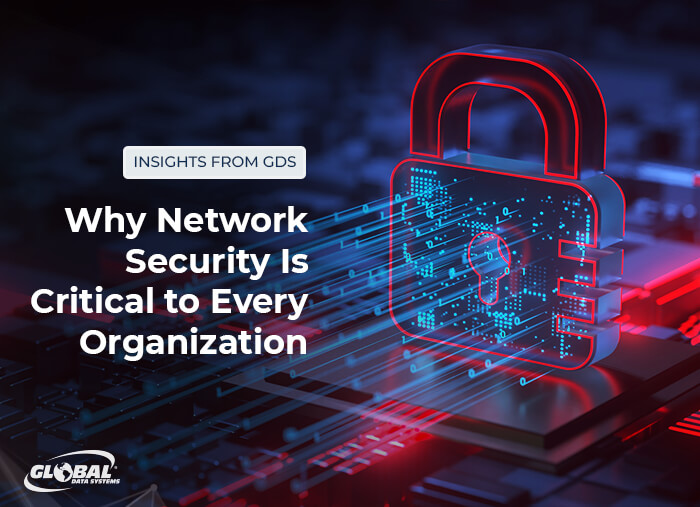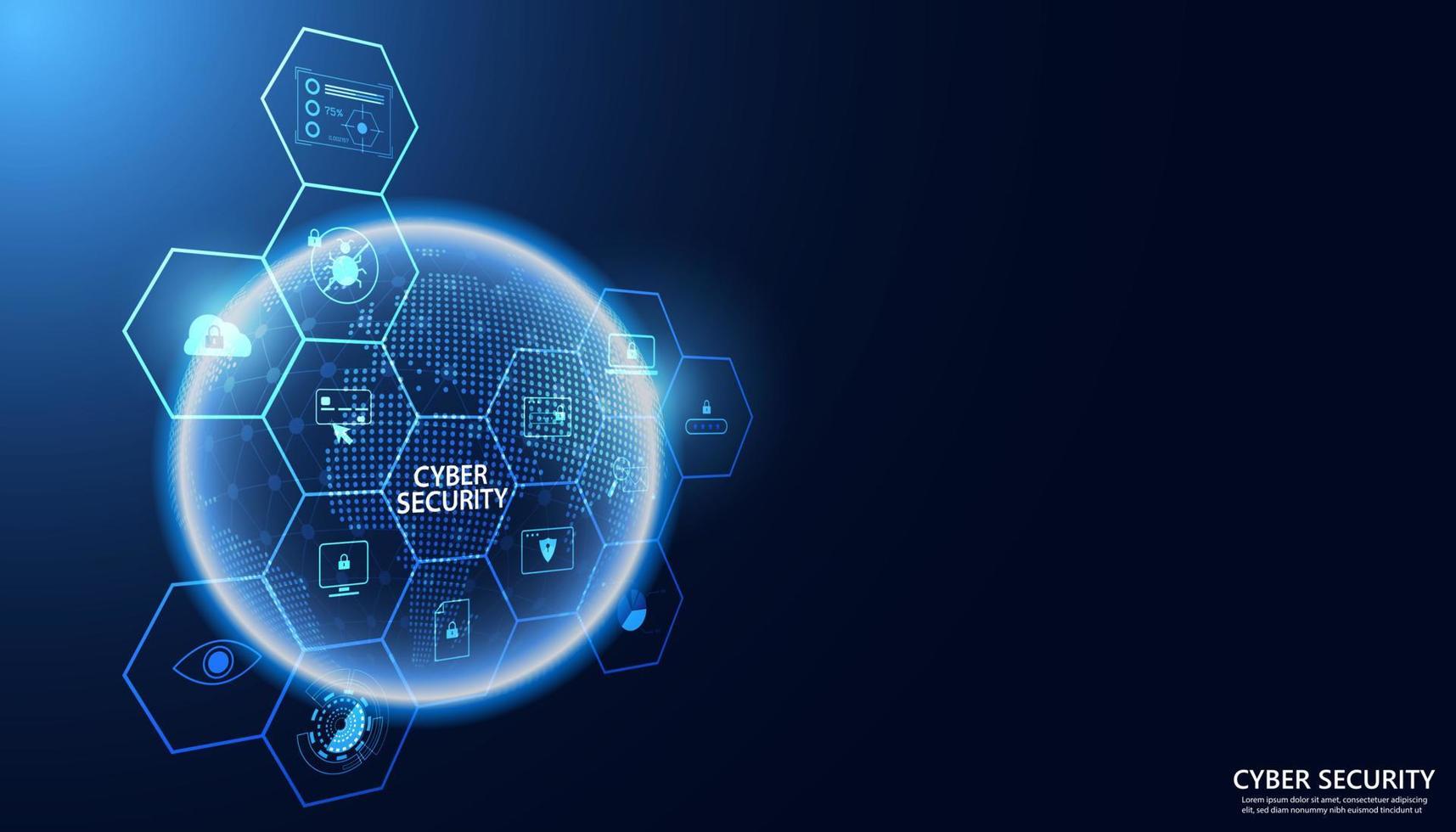Data and Network Security: Why It’s Crucial for Your Business’s Protection and Growth
Data and Network Security: Why It’s Crucial for Your Business’s Protection and Growth
Blog Article
Just How Information and Network Protection Shields Versus Arising Cyber Threats
In a period noted by the fast development of cyber risks, the importance of information and network security has never been much more noticable. As these risks become more intricate, recognizing the interaction in between data safety and security and network defenses is important for reducing threats.
Comprehending Cyber Risks

The ever-evolving nature of technology continually presents new susceptabilities, making it necessary for stakeholders to stay vigilant. People may unwittingly succumb to social engineering tactics, where assaulters control them into disclosing sensitive information. Organizations face distinct difficulties, as cybercriminals commonly target them to exploit valuable data or disrupt procedures.
Additionally, the surge of the Net of Things (IoT) has broadened the attack surface area, as interconnected tools can offer as entrance points for aggressors. Acknowledging the importance of durable cybersecurity methods is important for mitigating these risks. By cultivating a comprehensive understanding of cyber individuals, organizations and dangers can carry out effective methods to safeguard their electronic properties, making sure resilience when faced with a progressively intricate risk landscape.
Trick Components of Data Safety
Ensuring data protection requires a diverse technique that incorporates various vital components. One basic element is information file encryption, which transforms sensitive details right into an unreadable style, available only to authorized customers with the appropriate decryption tricks. This functions as an important line of protection against unauthorized gain access to.
An additional crucial component is gain access to control, which controls who can see or control information. By executing stringent customer authentication protocols and role-based gain access to controls, organizations can decrease the danger of expert hazards and information breaches.

Furthermore, data masking techniques can be employed to protect delicate details while still permitting for its usage in non-production settings, such as screening and development. fft perimeter intrusion solutions.
Network Safety Approaches
Applying durable network security strategies is important for securing a company's electronic infrastructure. These techniques include a multi-layered technique that consists of both equipment and software remedies developed to protect the honesty, discretion, and accessibility of information.
One vital element of network safety and security is the release of firewall softwares, which act as an obstacle in between trusted inner networks and untrusted exterior networks. Firewalls can be hardware-based, software-based, or a combination of both, and they aid filter incoming and outbound web traffic based on predefined protection regulations.
Furthermore, invasion discovery and prevention systems (IDPS) play an essential function in keeping track of network website traffic for suspicious activities. These systems can inform administrators to possible breaches and act to mitigate risks in real-time. Frequently covering and updating software is likewise essential, as vulnerabilities can be manipulated by cybercriminals.
In addition, applying Virtual Private Networks (VPNs) makes sure protected remote accessibility, securing data transmitted over public networks. Segmenting networks can lower the assault surface area and include possible violations, restricting their impact on the overall infrastructure. By embracing these methods, companies can efficiently fortify their networks against emerging cyber dangers.
Ideal Practices for Organizations
Developing ideal practices for companies is essential in maintaining a solid safety and security pose. A detailed technique to data and network safety and security begins with routine threat evaluations to recognize vulnerabilities and prospective hazards. Organizations should apply robust access controls, guaranteeing that just licensed workers can access these details delicate data and systems. Multi-factor authentication (MFA) ought to be a basic requirement to enhance safety layers.
In addition, continual staff member training and recognition programs are crucial. Staff members must be educated on recognizing phishing efforts, social design techniques, and the value of adhering to security methods. Routine updates and spot administration for software application and systems are likewise important to secure against understood vulnerabilities.
Organizations should check and develop event reaction intends to make certain preparedness for possible breaches. This consists of establishing clear interaction networks and roles during get redirected here a safety and security occurrence. Information encryption ought to be used both at remainder and in transit to safeguard sensitive info.
Last but not least, conducting regular audits and conformity checks will certainly aid guarantee adherence to recognized plans and pertinent regulations - fft perimeter intrusion solutions. By following these finest methods, organizations can significantly enhance their durability versus emerging cyber risks and secure their critical possessions
Future Trends in Cybersecurity
As companies navigate a progressively complicated digital landscape, the future of cybersecurity is poised to develop substantially, driven by arising innovations and changing risk paradigms. One popular pattern is the combination of artificial knowledge (AI) and device discovering (ML) into protection structures, enabling for real-time danger detection and reaction automation. These technologies can analyze vast quantities of information to determine anomalies and potential breaches extra successfully than conventional techniques.
One more essential fad is the surge of zero-trust design, which needs constant verification of customer identifications and gadget safety and security, despite their location. This strategy decreases the threat of insider threats and boosts security against exterior assaults.
Moreover, the boosting adoption of cloud solutions requires robust cloud safety methods that deal with one-of-a-kind vulnerabilities connected with cloud environments. As remote job ends up being an irreversible fixture, securing endpoints will certainly also become extremely important, bring about a raised concentrate on endpoint discovery and reaction (EDR) remedies.
Finally, governing compliance will certainly remain to shape cybersecurity techniques, pushing companies to take on much more rigorous data protection procedures. Embracing these patterns will certainly be vital for companies to fortify their defenses and browse the evolving landscape of cyber hazards efficiently.
Verdict
In verdict, the implementation of robust data and network security measures is important for companies to secure against arising cyber dangers. By using encryption, accessibility control, and reliable network protection methods, organizations can significantly lower vulnerabilities and protect sensitive info.
In a period marked by the quick development of cyber threats, the value of data and network protection has never ever been a lot more pronounced. As these hazards end up being more intricate, understanding the interaction between information security and network defenses is crucial for alleviating risks. Cyber dangers encompass a internet large array of harmful tasks aimed at jeopardizing the confidentiality, stability, and availability of information and networks. A thorough technique to information and network safety begins with regular risk analyses to recognize vulnerabilities and prospective hazards.In conclusion, the application of durable information and network security actions is crucial for organizations to protect versus arising cyber threats.
Report this page